Optimal Timing for Concrete Installations
Concrete installations require specific environmental conditions to ensure durability and proper curing. The optimal time for concrete work depends on temperature, humidity, and weather stability. Proper timing can prevent issues such as cracking, uneven setting, or delays in curing.
Spring offers moderate temperatures and lower humidity, ideal for concrete setting. It minimizes the risk of extreme weather disruptions.
Summer requires attention to heat and evaporation rates. Early morning or late afternoon work can help prevent rapid drying.
Fall provides cooler temperatures and stable weather, suitable for longer curing periods and reduced cracking risk.
Winter is generally less suitable due to cold temperatures that hinder curing. If necessary, special mixes and heating methods are used.
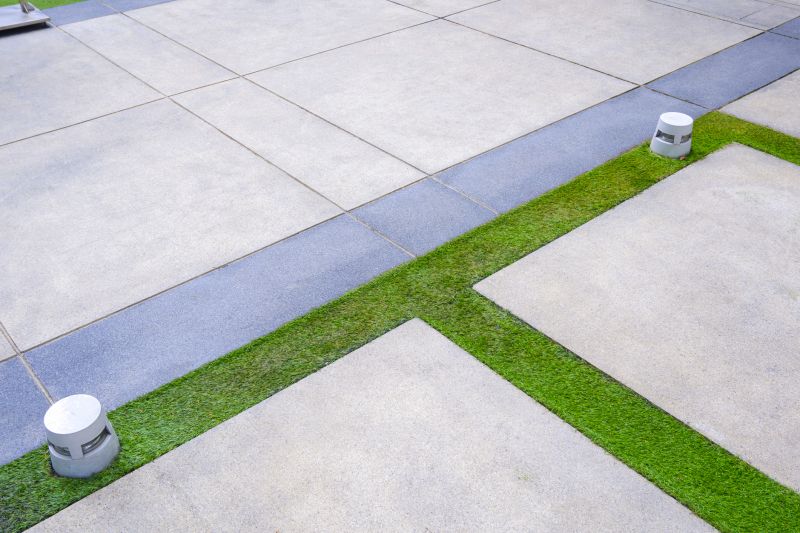
Ways to make Concrete Installations work in tight or awkward layouts.
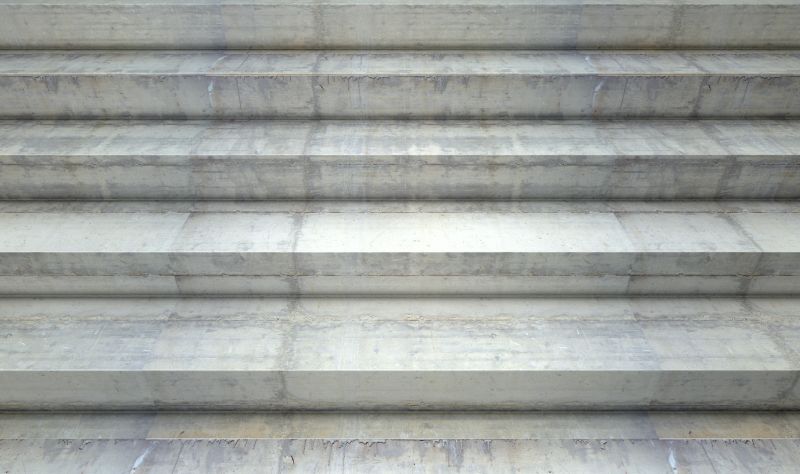
Popular materials for Concrete Installations and why they hold up over time.
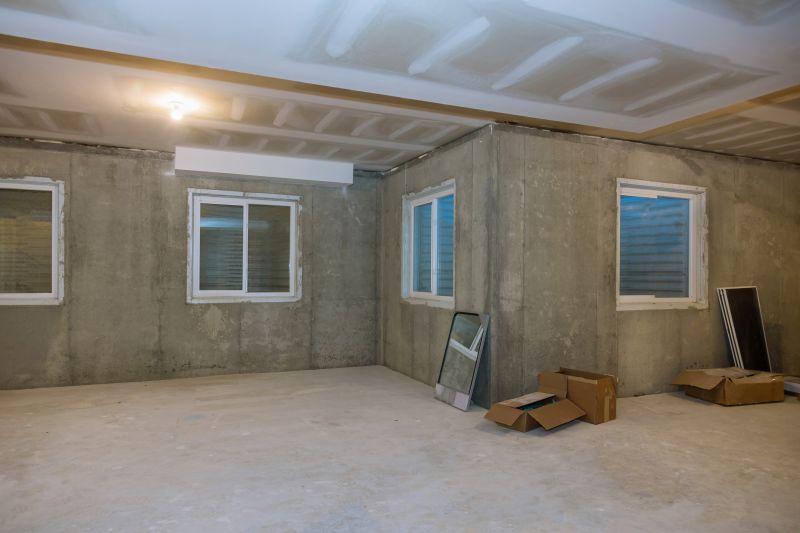
Simple add-ons that improve Concrete Installations without blowing the budget.

High-end options that actually feel worth it for Concrete Installations.
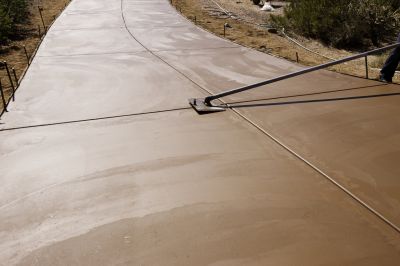
Finishes and colors that play nicely with Concrete Installations.
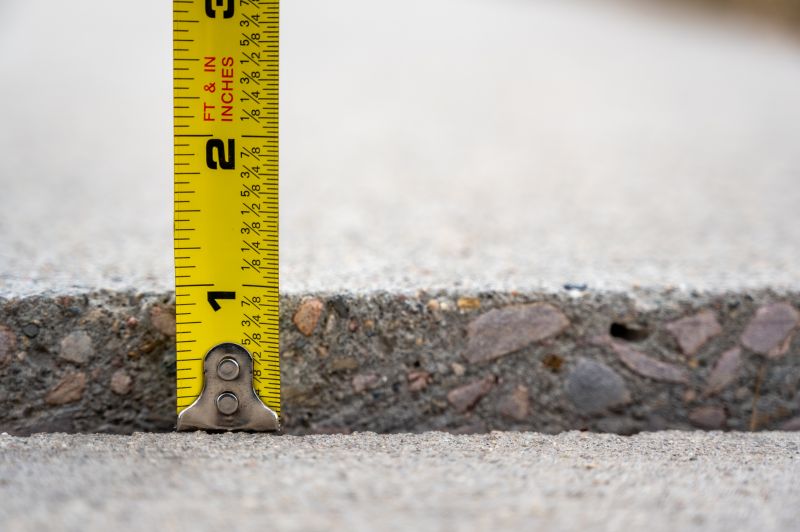
Little measurements that prevent headaches on Concrete Installations day.
Concrete installations are a fundamental component of construction and landscaping projects. Proper timing ensures the concrete cures correctly, providing strength and longevity. Weather conditions significantly influence the quality of the finished product, making seasonality an important factor in planning. In regions with mild climates, year-round installation may be feasible, but in colder or more humid areas, timing becomes critical to avoid delays and defects.
| Season | Ideal Conditions |
|---|---|
| Spring | Moderate temperatures, low humidity, stable weather |
| Summer | Warm temperatures, early morning or late afternoon work recommended |
| Fall | Cooler temperatures, stable weather, longer curing times |
| Winter | Cold temperatures, special mixes, heating required |
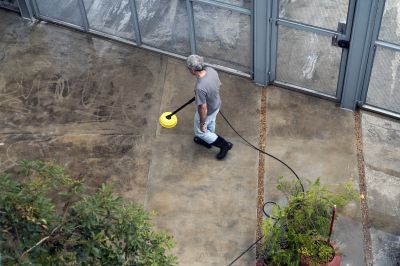
A 60-second routine that keeps Concrete Installations looking new.
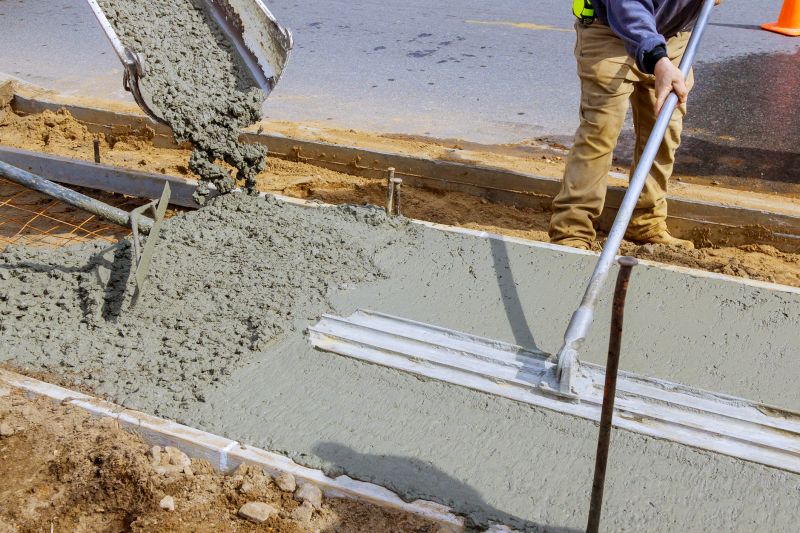
A frequent mistake in Concrete Installations and how to dodge it.
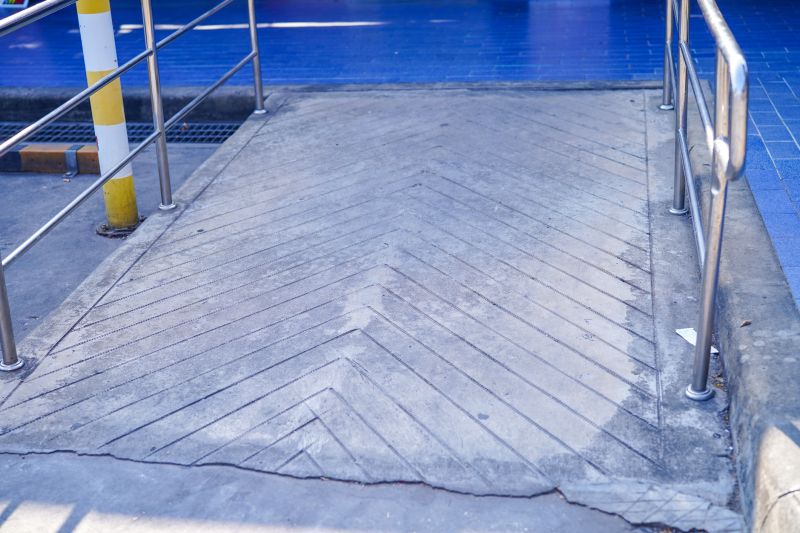
Small tweaks to make Concrete Installations safer and easier to use.
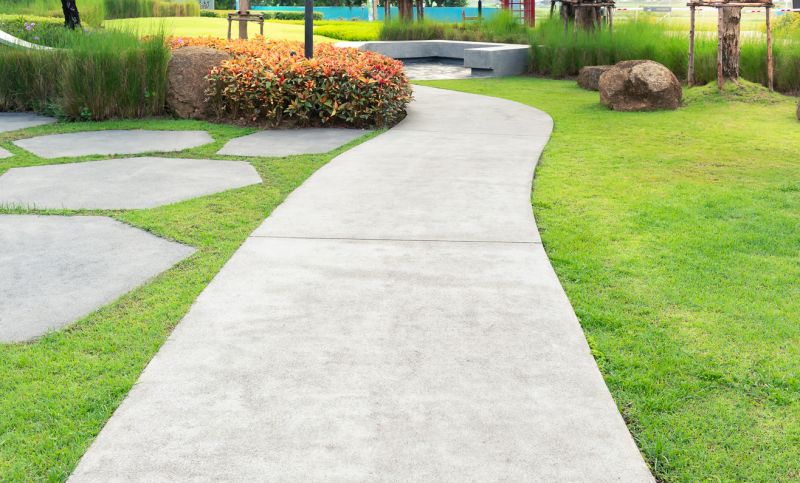
Lower-waste or water-saving choices for Concrete Installations.
Understanding the optimal timing for concrete installations can help achieve durable and high-quality results. Proper planning around seasonal weather patterns minimizes risks associated with improper curing and setting. Consulting with experienced professionals can assist in selecting the best time for specific projects based on local climate conditions.
Interested in scheduling a concrete installation? Fill out the contact form to receive more information and assistance tailored to local weather conditions and project needs.


